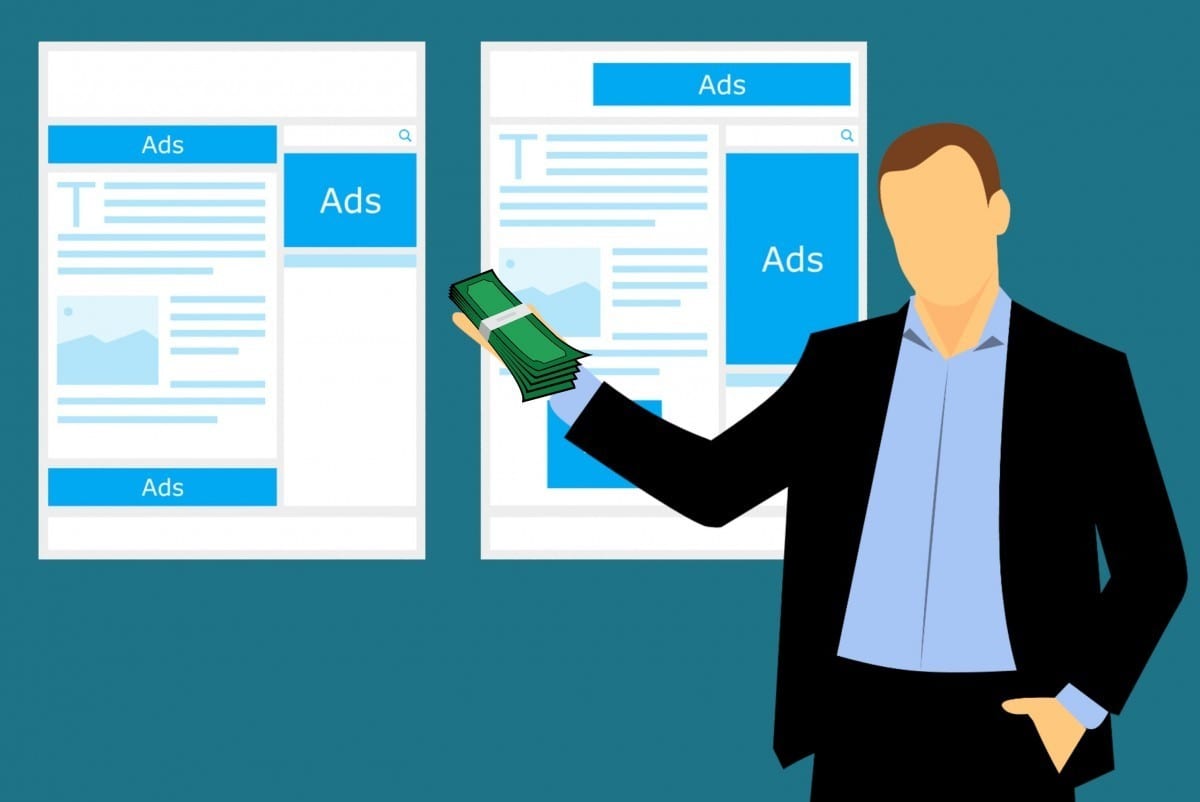How Does Programmatic Advertising Work?



If you manage your online campaigns on your own, then you must have heard about programmatic advertising – a technology which has modernised the online ad space. Having command on this skill set can increase the number of conversions on your site.
What Is Programmatic Advertising?
Programmatic advertising revolves around the purchase and sale of online ads. The purpose of this technology is to optimise traditional digital advertising. To be precise, it automates the transactions of ads where users can easily buy and sell ads online. To do this, it relies on various platforms that sell inventory – it is sold to a publishing website. In terms of the advertising aspect, marketers can purchase inventory and incorporate an ad of their choice on a publisher website.
Earlier, this entire advertisement cycle was manual, which included manual insertion orders, human negotiations, and RFPs (requests for proposals). Programmatic advertising has taken the industry to the next level by automating these procedures in milliseconds.
A Brief Explanation of Programmatic Advertising
To get your head around programmatic advertising, go through the following example of a website that employs programmatic advertising.
- A prospective user visits a website, which initiates automatic bidding. In this way, a tailored ad is shown to the user.
- The publishing website displays the advertisement section of the user on an SSP (supply side platform). This platform helps the publisher sell ad space. As a result, advertisers receive information about the ad space, user, and website. Afterwards, DSPs (demand side platforms) come into play and bids are placed.
- When the data of the ad space is sent to the SSP, it extracts data from the cookies of the user. This helps in assessing factors such as what are the interests of a user, where they live, or what their interests are. All of these factors are critical as they generate customised and relevant ads.
- Now, the relevant DSP evaluates the user data obtained from the SSP. DSP facilitates advertisers in selecting the ad space that can meet two attributes: targeting parameters – the types of customers desired by the advertiser – and budget. Next, the ad placement is assigned a value by the DSP, which is calculated in terms of the characteristics of the user and the publishing website.
- The DSP assists the advertiser in calling out a bid for the ad placement. This process is computed in real-time.
- When various DSPs place their bids, the SSP determines a winner. These bids are placed by employing several strategies. Some of these are header bidding, client-side bidding, and waterfall bidding.
- After a winner is chosen, the ad is shown to the user on the website of the publisher by the SSP. What makes programmatic advertising efficient is that all of these steps take a fraction of a second.
If you intend to use programmatic advertising on your website, contact us so we can help you with it.






